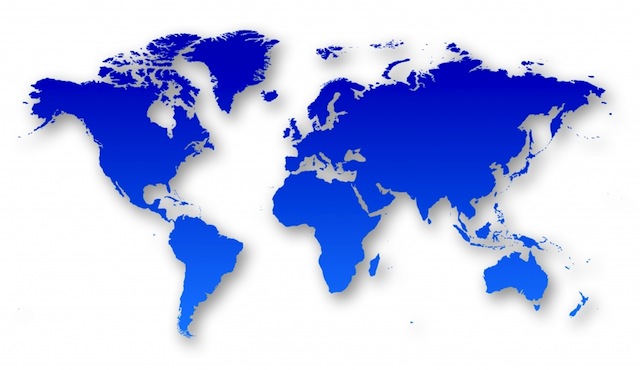Register by Jan 13 to save on passes and connect with marketers from Uber, Bose and more

The social-media space has gone from extreme fragmentation to coalesce around a couple major players. Beyond Facebook, Twitter and LinkedIn, there simply aren’t that many that have scale. But that’s not the case outside of the U.S.
Spring Creek Group, the social-media agency that’s part of Interpublic Group, came out with a list of a whopping 20 global networks to know in 2012. The key to many is their strength outside the U.S., where, it just so happens, most of the world still lives. Here are five global networks and why they matter:
1. Tencent QQ: This Chinese social network boasts 530 million members. It’s also not exactly new, having been founded in 2005. It grew out of QQ’s messenger product and is extremely popular with teens, per Spring Creek.
 2. Habbo: It’s easy to dismiss Habbo as a relic of the Second Life era. But it has forged ahead and today boasts some 230 million users in 31 countries. It’s still an avatar-based network that has a foothold with teens, although Spring Creek notes it has “faded since its heyday.”
2. Habbo: It’s easy to dismiss Habbo as a relic of the Second Life era. But it has forged ahead and today boasts some 230 million users in 31 countries. It’s still an avatar-based network that has a foothold with teens, although Spring Creek notes it has “faded since its heyday.”
3. RenRen: Spring Creek christens it as “the Facebook of China.” It has 160 million users and has made the leap from college to open network. With a 7-year track record and an IPO, RenRen is a major player in China’s emerging social network scene.
4. Vkontakte: The Facebook for Russia naturally comes with torrent file sharing. It can claim that it’s more popular than Facebook in Russia. Spring Creek notes that it is now available in 67 languages and could be in line for an IPO in 2012.
5. Friendster: It’s alive! Friendster is now a social-gaming platform that has doubled down on its continued popularity in Southeast Asia, where it boasts 115 million users. It has a proven business model with a virtual-currency system. The challenge, as Spring Creek notes, is getting game titles that maintain its legacy base and grow it.
See Spring Creek’s full report here.
More in Media

Future starts to sharpen its AI search visibility playbook
Future is boosting AI search citations and mentions with a tool called Future Optic, and offering the product to branded content clients.

Digiday’s extensive guide to what’s in and out for creators in 2026
With AI-generated content flooding social media platforms, embracing the messiness and imperfection of being human will help creators stand out in the spreading sea of slapdash slop.

Media Briefing: Here’s what media execs are prioritizing in 2026
Media executives enter 2026 weathered by disruption, but refocused on AI revenue, brand strength and video and creator opportunities.









